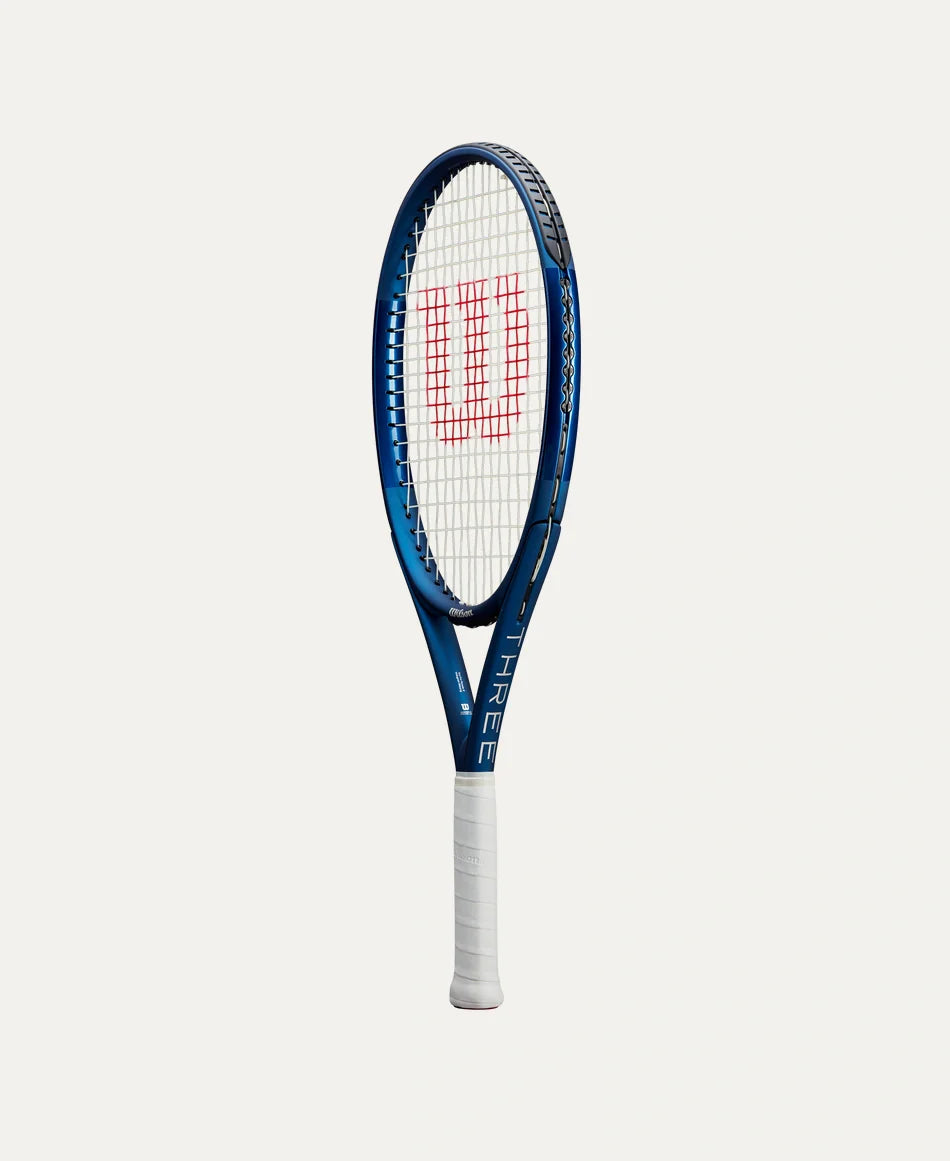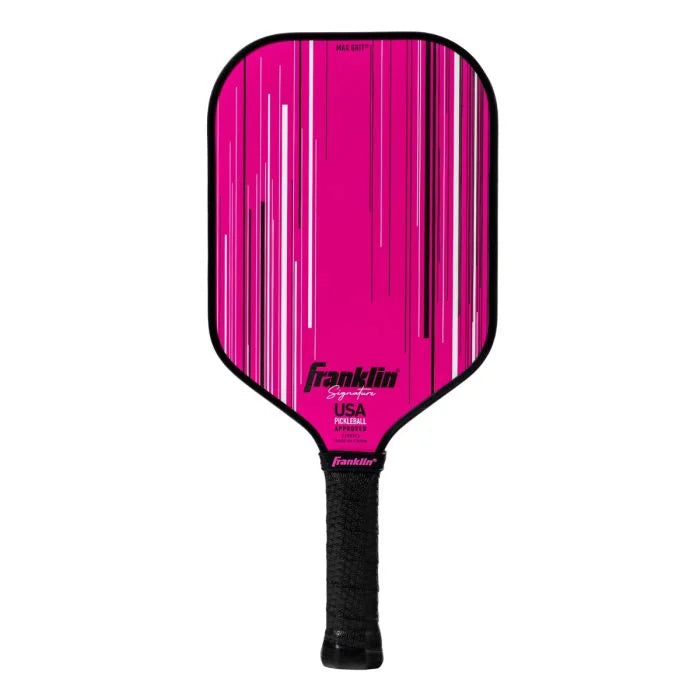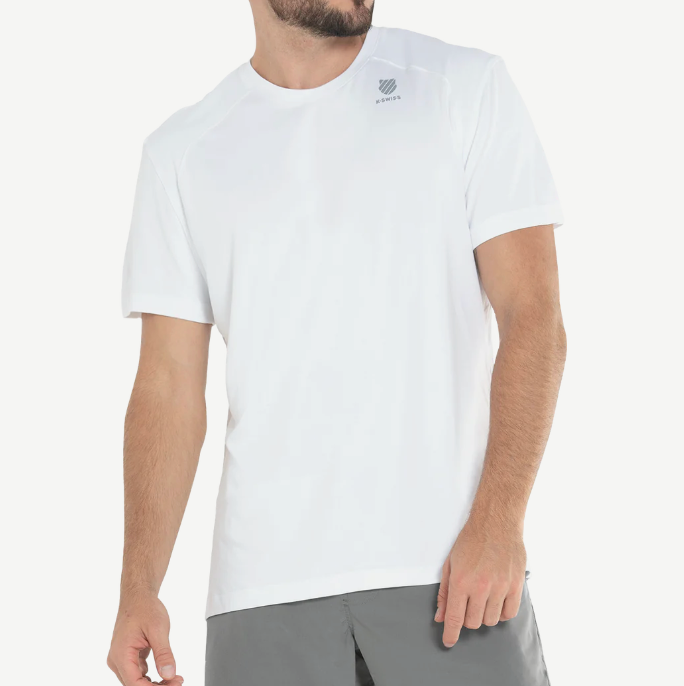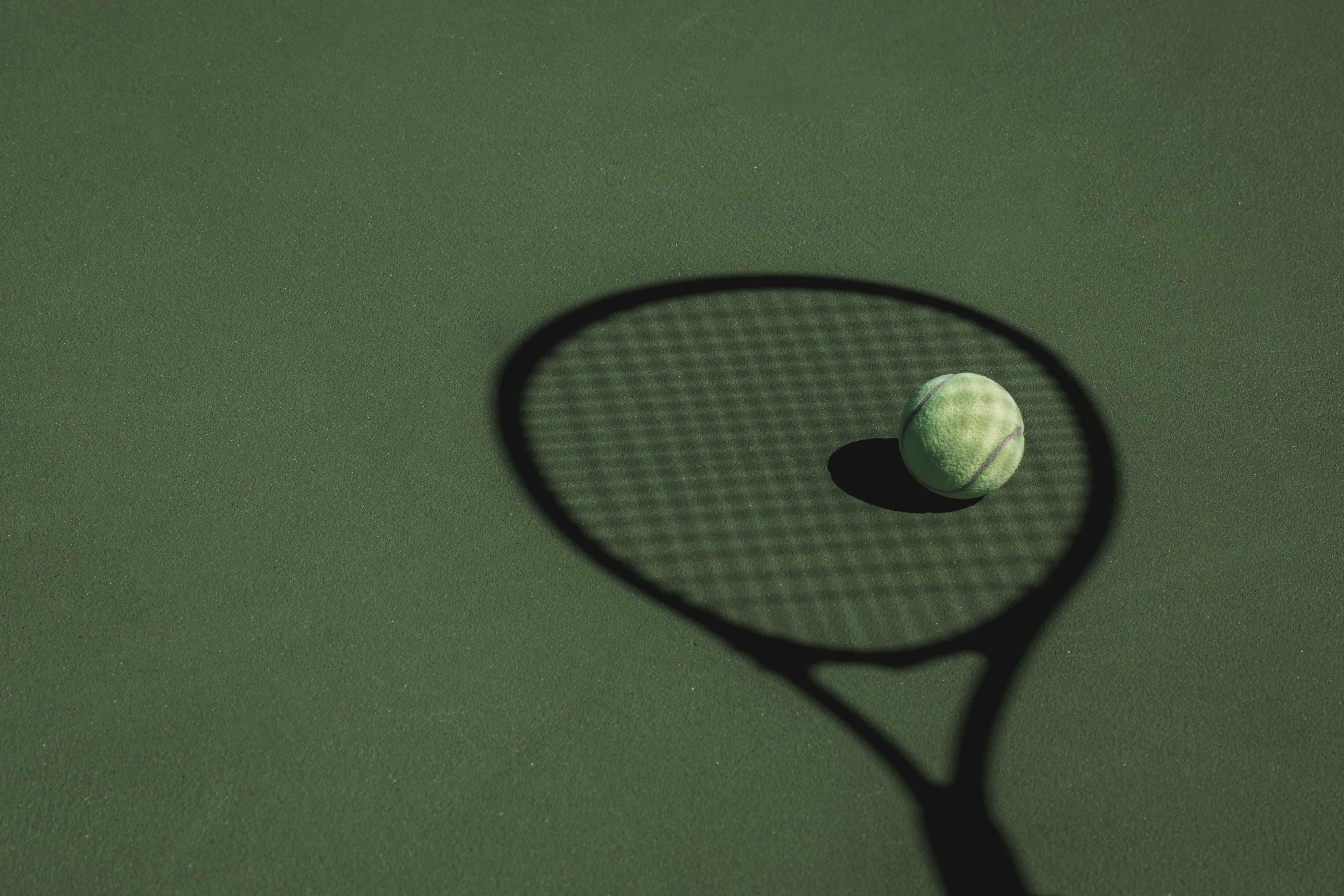There are times in life where there is just no simple correct answer. What’s better, DC or Marvel? How many aliens are in Area 51? Toilet seat, up or down?
These questions will likely never be answered in a way we would ever consider a consensus.
Defensive alignment in Pickleball seems to create a similar question. Where is best positioning while on defense in pickleball? During any given point you may switch from offense to defense, sometimes multiple switches occur in the same point and continuing the point may depend on exactly where you stand on the court.
I will describe being on defense as any time your opponent occupies the NVZ line and you and your partner are forced to be off that same line. They are looking to attack and you are attempting to ‘flip the switch’ and get to the NVZ line and force them back.
There will be points where your defensive position is only a step or two from the NVZ and your team is able to hang in there, take some pace off with a nice reset and you are back to even in no time. Other occasions will be a bit more difficult as your partner really pops one up and retreat is your only option. Shot after shot your opponent drills your feet forcing you back further and further, where is the point you simply stop and hold ground until an opportunity appears and you can advance forward once again and exert your dominance.
The first strategy I will present is one you simply retreat to behind the baseline as far as it takes. It is very difficult to pound a whiffle ball through a couple players that far back as a Franklin or Dura will slow down as it travels and is returnable for most decent players. This full retreat method works well to reduce the effect of the power shots but brings a well placed drop or angle shot by the opposition into play. Standing deep and off the court also takes attacking your feet out of play as you are, well, standing out of bounds. The other risk in such positioning is good drop shots are more difficult for you to place from such a deep position on the court. You may be back there a while.
The second option is to halt your retreat as you battle about four feet inside the baseline and attempt to neutralize your opponent with a reset or block from a closer position. This reduces the sharp angle or drop shot risk but a powerful overhead or attacked ball can be tough to deal with. You will also be forced to deal with an opponent constantly attacking your feet. Fast hands, proper defensive body positioning (see my blog about dropping your butt) and the ability to reset a point are vital with this strategy. Should you employ this second method you will be required to practice returning hard hit attacked balls out of the air until you can return them consistently.
You and your partner will need to choose which of the strategies is best and then practice those shots to become proficient. Without practice you could end up with a well paced Franklin or Dura in the middle of your chest and painful lessons should be reserved for lesser players.
Paddles up,
Mother






0 comments